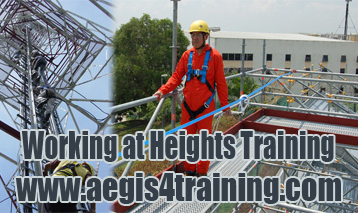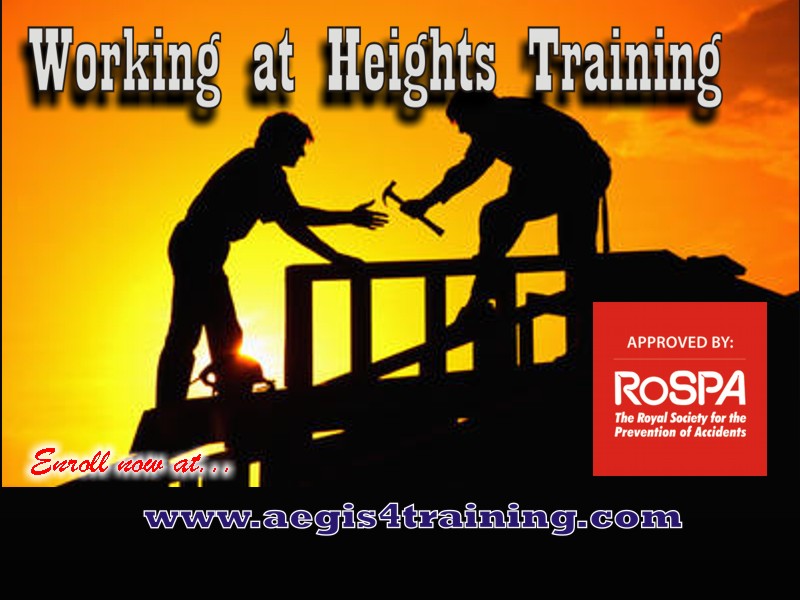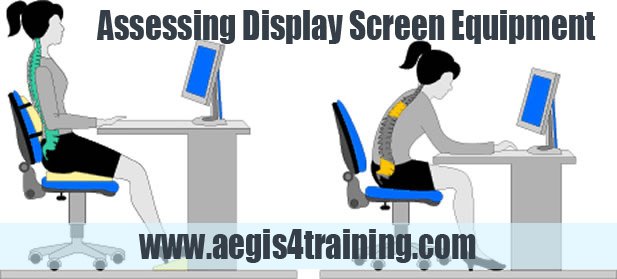Asbestos Awareness training for Construction workers, together with additional, “site-specific”
information, was designed to meet the annual OSHA (1926.1101) and AHERA regulatory
requirements in one easy to understand course. You will receive information about Asbestos
Awareness in the Construction work environment. The course will focus on areas in which
asbestos-containing and presumed asbestos-containing materials are present.
Asbestos awareness training is required upon initial assignment and annually for employees
whose work activities may contact asbestos-containing materials (ACM) or presumed asbestos-
containing materials (PACM), but do not disturb ACM or PACM during their work activities
(Class IV operations).
Note:Â Workers who perform activities that will result in the disturbance of ACM must receive
additional training.
This online safety course is designed to provide you with asbestos training to satisfy certification
requirements. It is intended for all personnel responsible for construction-related projects,
including, but not limited to:
ï‚· Construction Workers
ï‚· Construction Site Supervisors
This Asbestos Awareness in Construction online training course focuses on the hazards
associated with asbestos. It is important to know that workers who conduct asbestos abatement
operations, in most cases, must be licensed by a State or Federal agency. This course provides
information from OSHA’s Safety and Health Topics-Asbestos, EPA, OSHA, and state OSHA
programs.
Aegis4training is a trusted provider of online safety training and this course was designed to
meet the annual OSHA (1926.1101) and AHERA regulatory requirements.
Course Topics
ï‚· Asbestos Fibers
ï‚· Health Effects
ï‚· ACM Inspection
ï‚· Asbestos Exposure
ï‚· Asbestos Basics
ï‚· Types of Asbestos
ï‚· Asbestos Containing Materials (ACM)
ï‚· Laws and Regulations
ï‚· Avoiding Exposure
INDUSTRY TERMS
ï‚· EPA
ï‚· OSHA
ï‚· Safety and Health Topics – Asbestos
You need Asbestos Awareness Training for your Construction workers
Aegis4training Asbestos Awareness in Construction online training provides detailed information
about OSHA and EPA specific requirements for working around ACM or PACM. Understanding
Asbestos and knowing how to avoid exposure is critical for employees whose work activities
may bring them into contact with Asbestos-containing materials. When you have successfully
completed this course, you will:
ï‚· Understand general requirements for working in areas where ACM or PACM may be
encountered
ï‚· Understand the health effects of working with asbestos
ï‚· Know the various ways to avoid exposure to asbestos-containing materials
ï‚· Be familiar with the rules and regulations surrounding asbestos exposure and abatement

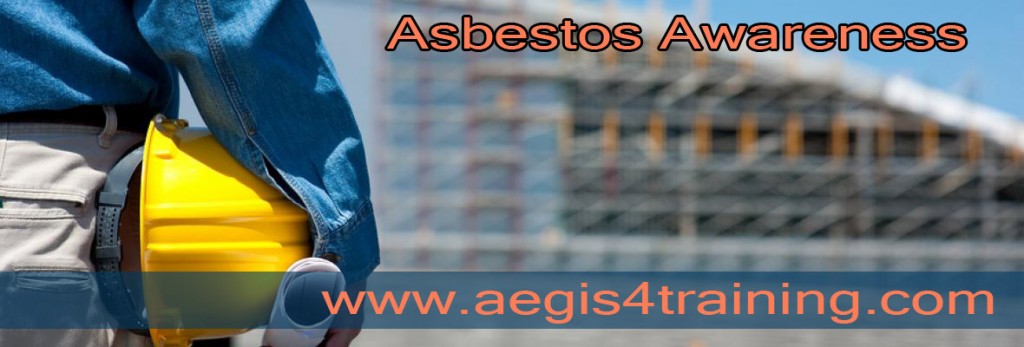



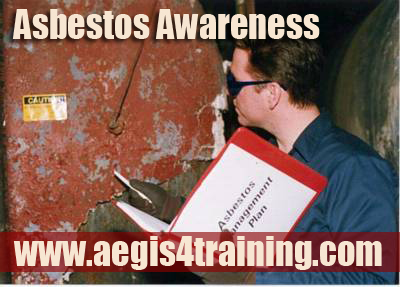 Every year thousands of people fall ill and die because of exposure to asbestos. It was widely
Every year thousands of people fall ill and die because of exposure to asbestos. It was widely